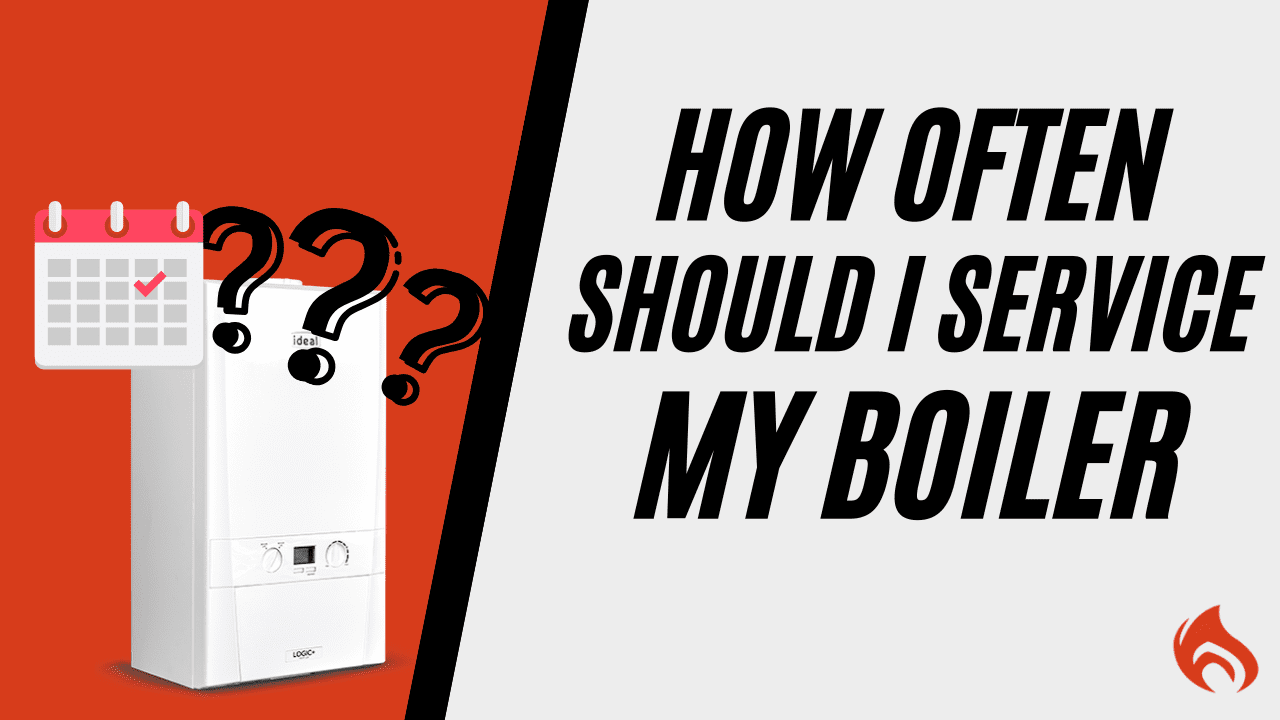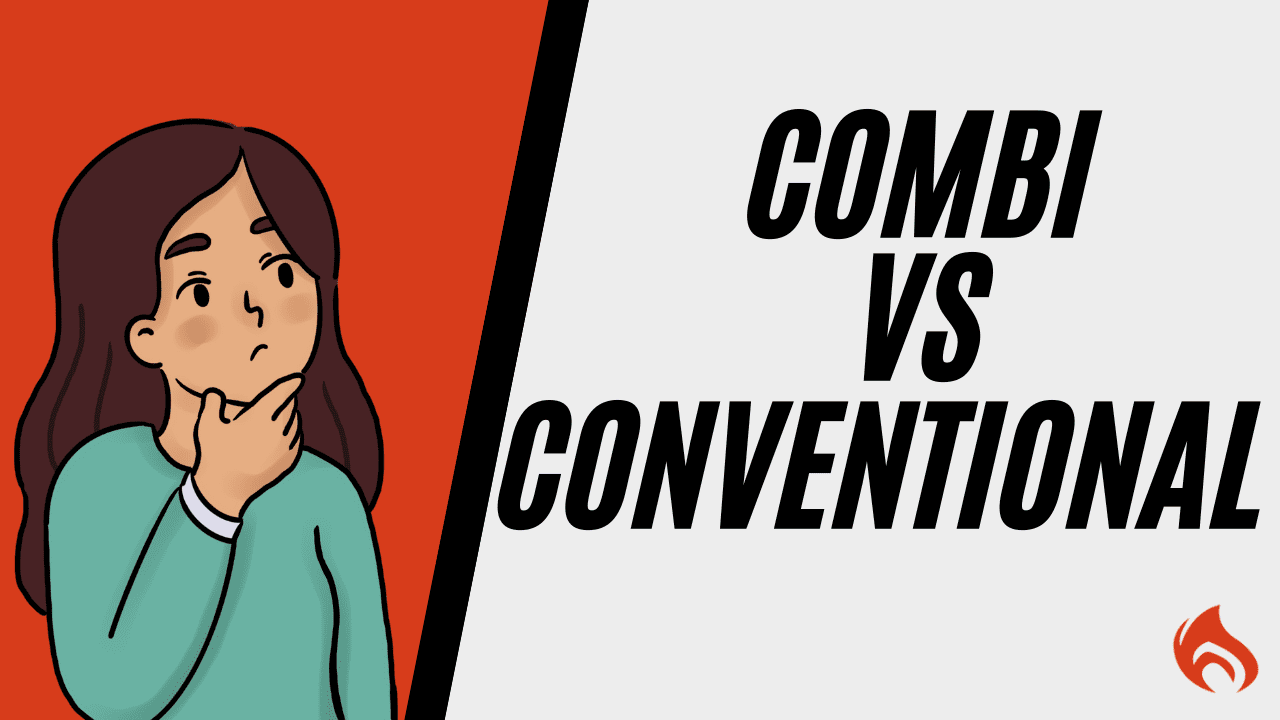
How Often Should I Service My Boiler?
How Often Should I Service My Boiler? Table of Contents Picture this: it’s the middle of winter, your home is

Keeping your heating system running efficiently is crucial for a warm and comfortable home. Over time, however, sludge, rust, and debris can accumulate, affecting your system’s performance. Power flushing can be an effective solution to these issues, but is it the right choice for every situation? In this blog, we’ll explore the pros and cons of power flushing, when it’s necessary, and alternative maintenance options.
Power flushing is a deep cleaning process that involves using a high-powered pump to circulate a chemical cleaning solution at high pressure through your heating system. The process works by dislodging and removing built-up sludge, rust, and debris that accumulate in your system’s pipes, radiators, and boiler over time.
A power flushing unit is connected to your central heating system, and a specially formulated cleaning solution is pumped through at high velocity but low pressure to prevent any damage. The process helps to break down deposits and flush them out, restoring the system’s efficiency and performance.
The engineer may also use agitators, such as vibrating tools, to help loosen stubborn debris. The flushing process typically takes several hours, depending on the size of the system and the level of buildup. Once completed, the system is refilled with clean water and treated with an inhibitor solution to help prevent future corrosion and sludge accumulation.
Power flushing is especially beneficial for systems suffering from cold spots, noisy operation, and inefficiency due to blockages. It is often recommended before installing a new boiler to ensure optimal performance and longevity.

By removing blockages and sludge, power flushing allows your heating system to work more efficiently, leading to quicker heating and lower energy bills.
A clean heating system is less prone to wear and tear, reducing the risk of breakdowns and extending the life of your boiler and other components.
With clear pipes and radiators, hot water can circulate more freely, ensuring even heat distribution and a more comfortable home.
Power flushing can eliminate the gurgling or banging noises caused by air pockets or sludge buildup in your system.
A thorough power flush can prevent minor issues from escalating into major problems, saving you from costly repairs in the future.
A clean system allows radiators to heat up more quickly, improving comfort in your home.
A more efficient heating system consumes less fuel, reducing overall energy costs.
Since your system runs more efficiently, power flushing can help lower carbon emissions and contribute to environmental sustainability.
Eliminating blockages ensures that hot water moves freely through the entire system, improving performance.
If you are installing a new boiler, power flushing ensures that the system is free of debris, preventing early damage and inefficiencies.
Power flushing can be expensive, especially for larger systems or those with significant buildup. The cost should be weighed against the potential savings in energy bills and repairs.
Older heating systems may not be able to withstand the high pressure of a power flush, potentially leading to leaks or damage.
The process can take several hours and may cause some disruption to your home while it’s being carried out.
While power flushing is effective, it’s not a permanent fix. Sludge and debris can build up again over time, necessitating future maintenance.
If your system has fragile or corroded pipes, power flushing might cause leaks or further damage.
Unlike basic system maintenance, power flushing should always be performed by a qualified heating engineer, adding to the cost.
Power flushing is effective for sludge removal but will not resolve mechanical faults or major leaks within the system.
Improper flushing techniques could lead to air pockets or residue left in the system, causing further problems.
In some cases, a power flush might dislodge debris that ends up blocking other areas of the system rather than being fully removed.
Some heating systems do not require a full power flush, and alternative maintenance options might be a more cost-effective solution.

If you experience any of the following issues, it may be time to consider a power flush:
Cold Spots on Radiators – If your radiators have uneven heating or cold patches even after bleeding and balancing your system, it’s a sign that sludge is restricting the flow of hot water. This can lead to inefficient heating and discomfort in colder months.
Noisy Boiler or Pipes – Unusual noises from your boiler or pipes, such as gurgling, banging, or kettling sounds, can indicate a buildup of debris, reducing efficiency and potentially damaging components.
Frequent Boiler Breakdowns – Regular issues with your boiler, such as sudden shutdowns or error codes, could be due to blockages or corrosion in the system, which power flushing may help resolve.
Discoloured Water – If the water from your radiators is brown, black, or murky when bled, it’s a clear indication of rust and sludge buildup, which can impact heat distribution and efficiency.
Increased Energy Bills – A system clogged with sludge has to work harder to generate heat, leading to higher energy consumption and increased utility bills.
Slow Heating Response – If your radiators take a long time to heat up or fail to reach the desired temperature, it may be a sign that deposits are restricting water flow.
Uneven Heating Throughout the Home – If some rooms feel significantly colder than others despite the heating being on, this may indicate circulation issues caused by sludge accumulation.
Boiler Overheating – If your boiler frequently overheats and shuts down, sludge buildup may be restricting water flow, causing components to overheat and triggering safety shutdowns.
Recurring Airlocks in the System – Persistent airlocks can indicate a blockage or partial obstruction in the pipes, preventing proper water circulation and leading to inefficiencies.
Radiators Requiring Frequent Bleeding – If you frequently need to bleed your radiators to remove trapped air, it could be due to an accumulation of sludge preventing proper water movement.
Power flushing is effective, but it may not always be the best option. Here are some alternative maintenance methods:
Adding chemical inhibitors to your system can help prevent sludge and corrosion buildup over time. These inhibitors work by creating a protective layer inside the pipes and radiators, reducing the chances of rust and scale formation. Regularly topping up inhibitors can prolong the life of your heating system and improve efficiency.
Installing a magnetic filter can help capture rust and debris before they circulate through your system, reducing the need for frequent power flushing. Magnetic filters attract metallic particles, preventing them from accumulating and causing blockages. Cleaning these filters during routine maintenance ensures continuous protection for your system.
Annual servicing by a heating engineer can help identify potential issues before they become serious and recommend the best cleaning solutions for your system. Regular inspections ensure that minor issues are addressed early, avoiding costly breakdowns and improving system longevity.
In some cases, a simpler manual flush or radiator removal and cleaning might be sufficient instead of a full power flush. This method involves draining and refilling the system with clean water to remove mild sludge accumulation, making it a cost-effective maintenance alternative.
Ensuring that radiators and pipes are balanced correctly can improve heat distribution throughout your home. System balancing involves adjusting the flow rate of hot water to each radiator, ensuring that every room reaches the desired temperature without overworking the boiler.
Air pockets in radiators can lead to cold spots and reduced efficiency. Bleeding radiators releases trapped air, allowing hot water to circulate more effectively and improving overall heating performance.
Adding insulation to exposed pipes and using radiator reflectors can help retain heat within the system. This reduces energy consumption and enhances efficiency, ensuring that more heat is used for warming your home rather than being lost.
Upgrading to smart thermostats and heating controls allows for better temperature regulation and energy savings. These devices help optimize heating schedules and reduce unnecessary energy usage, extending the life of your system.
Periodically flushing your heating system with clean water can help remove minor buildup before it turns into a major issue. This method is simple and can be performed as part of routine maintenance.
Low or high boiler pressure can lead to inefficiencies and potential system damage. Monitoring pressure levels and adjusting them as needed helps maintain optimal system performance.
Power flushing can be a valuable maintenance procedure for your heating system, offering numerous benefits such as improved efficiency and extended lifespan. However, it’s essential to consider the potential drawbacks, especially the cost and the condition of your system. By understanding the pros and cons, you can make an informed decision about whether power flushing is right for your home.
If you’re unsure whether your system needs a power flush, consult with a professional heating engineer. They can assess your system’s condition and recommend the best course of action to keep your home warm and comfortable.

How Often Should I Service My Boiler? Table of Contents Picture this: it’s the middle of winter, your home is

Combi Boiler vs Conventional Boiler: What’s the Difference? Table of Contents Choosing the right boiler for your home isn’t just